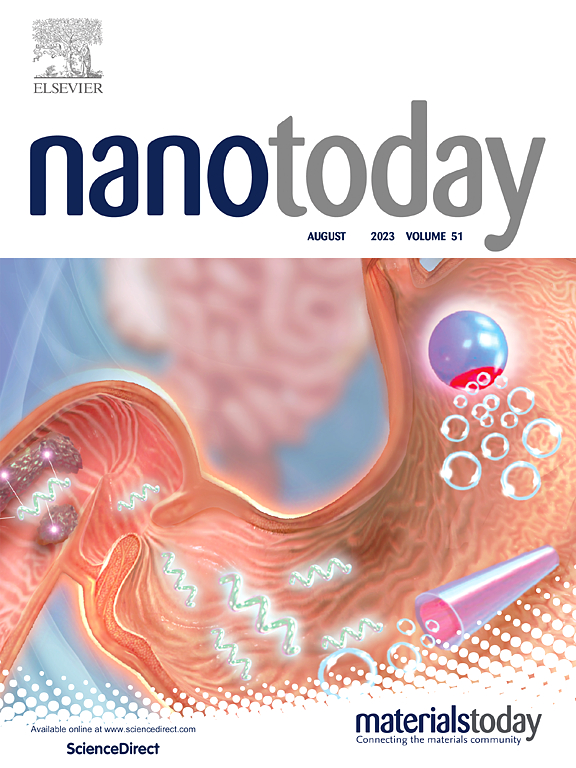Apoptotic cell mimics enhance immunogenic cell death and inflame tumor microenvironment by modulating macrophages
Abstract
Macrophages play a crucial role in regulating the efficacy of immunotherapy. However, the tumor microenvironment (TME) educated macrophages into immune-suppressive phenotypes. The suppressive effects are largely caused through the clearance of apoptotic cells and secretion of anti-inflammatory cytokines. Here, we propose that apoptotic cell-mimicking liposomes (PSx) that contain phosphatidylserine reduce the phagocytosis of apoptotic tumor cells by interacting with various phosphatidylserine-recognizing phagocytotic receptors on macrophages. Uncleared apoptotic tumor cells undergo secondary necrosis, leading to the abundant release of tumor antigens and immunostimulants, thus causing immunogenic cell death (ICD). TLR7/8 agonists are further loaded as model agonists in liposomes (R@PSx) to reverse the suppressive tumor microenvironment. These apoptotic cell mimics successfully induce a cytotoxic T-cell response and lead to tumor regression in different tumor models. This work provides a novel strategy to enhance the therapeutic effect of ICD and inflame the TME by modulating the function of macrophages.

| 公司名称 | 产品信息 | 采购帮参考价格 |
|---|---|---|
| Sigma |
Trypsin-EDTA
|
¥28.00~¥311508.69 |
| 上海源叶 |
1,2-distearoyl-sn-glycero-3-phosphatidylserine
|
¥30.00~¥14500.00 |
| 索莱宝 |
ELISA kits
|
|
| Sigma |
penicillin-streptomycin
|
|
| Sigma |
Accutase cell detachment solution
|
 求助内容:
求助内容: 应助结果提醒方式:
应助结果提醒方式:


